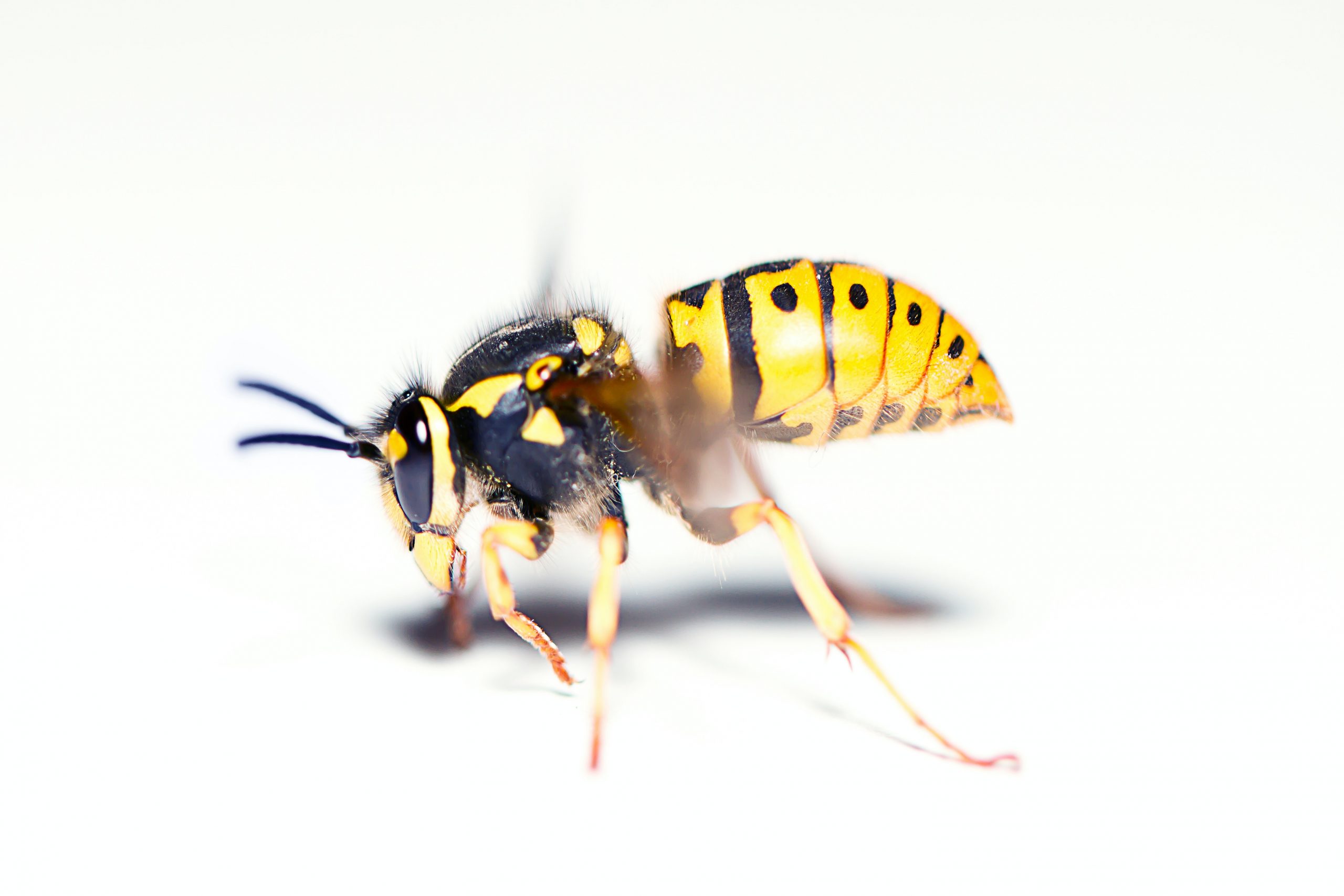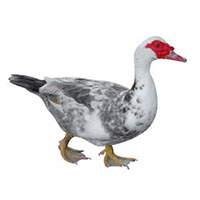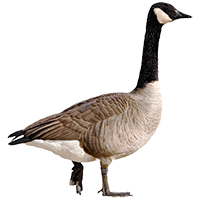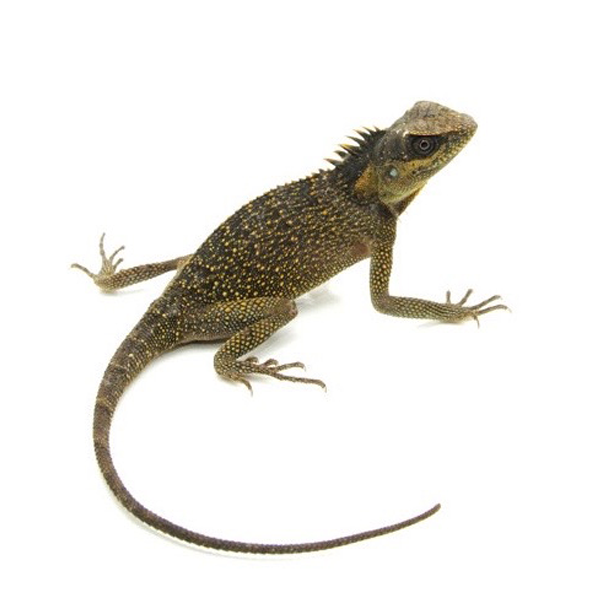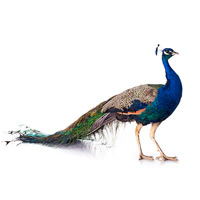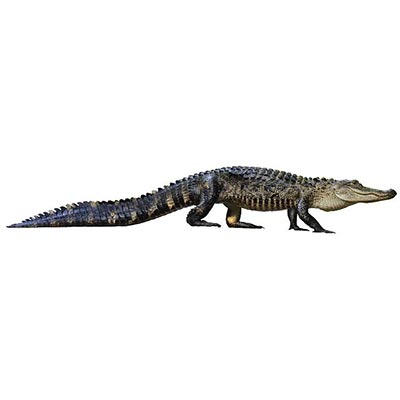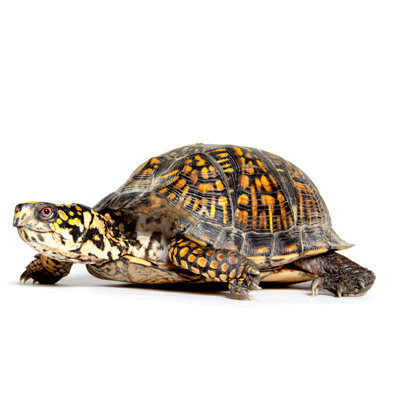The Black Racer: All About Florida’s Fastest Snake
The Black Racer: All About Florida’s Fastest Snake
The fear of snakes is called ophidiophobia, and it’s fairly common. After all, snakes are dangerous, right? And in Florida, you’ve got more than 50 species roaming our swamps and forests.
However, only 6 of those 50 species are venomous. Most of them can’t do worse than bite you. And honestly, all of them simply want to be left alone. Snakes play a major role in the ecosystem, so it’s important to let them be! For example, one of Florida’s most common species, the Southern black racer, may look scary, but they’re great for pest control. Let’s learn more about this interesting snake and how to identify it.
What Does a Black Racer Look Like?
As their name suggests, black racers are large, dark-colored snakes. They can get up to six feet long, and they’re quite strong and fast. Black racers’ top speed is about 4 miles per hour, which may not sound like much, but that’s fast for a snake!
They look a bit like the Eastern indigo snake, but black racers have a white or grey chin and throat, while indigos have an orange-red color instead. Juvenile black racers have a blotchy red-brown pattern. In either case, you can usually identify a black racer by its rapid movement or aggressive stance when it feels threatened. Like rattlesnakes, black racers can vibrate their tails to warn predators to stay away.
What Does a Black Racer Eat?
Due to their size, black racers can and do eat all sorts of critters — even other snakes! They also eat lizards, frogs, and of course rodents. This means you actually may want them around if you’ve got a rat problem on your property or are sick of those Cuban tree frogs everywhere. In fact, many Florida farmers appreciate black racers for their pest control.
Black racers are muscular, fast snakes that ambush their prey, so don’t be surprised if you see one foraging during the day. Unlike some snakes that lie in wait, black racers will actively hunt for their prey. Their eyesight is sufficient to see small critters moving, and they can quickly overpower lizards, moles, frogs, mice, and even small birds!
Where Do You Find Black Racers?
Black racers go anywhere the food is, including wetlands, waterways, forests, and fields. They tend to be found on farmland as well. At night, they sleep in burrows or even in the trees. Racers are diurnal, meaning they’re active during the day. Like most snakes, they enjoy sunny days and tend
Because they are speedy, black racers would rather flee than fight — until they’re cornered. Then, they will strike and ferociously defend their territory. While black racers are non- venomous, their bites still hurt and, as with any animal bite, can become infected. Always give a black racer space if you see it. It most likely wants to get away from you and keep hunting!
What Should You Do If You Encounter a Black Racer?
Black racers are very territorial and defensive. So while they will try to escape, they’re also not afraid to defend themselves. A black racer bite is not venomous but can definitely be painful. They are not constrictor snakes, so they rely on their strong jaws — and you don’t want to be on the receiving end of those! Also, they tend to produce a foul musk to ward off predators. In short: you definitely don’t want to mess with these snakes.
Ideally, you leave them in wild places or agricultural properties where they keep populations of amphibians and rodents under control. If you run across a black racer, it’s always best to let them get back to their day. Keep a safe distance and allow them room to escape — they’ll likely be gone in the blink of an eye.
If you do need one removed from your property, always bring in a qualified professional! Never attempt to capture or kill a black racer yourself, as that’s when most bites happen. Reach out to Quick Catch for expert wildlife removal.
Tags: black racer, florida snakes, reptiles
Read more posts from the Category Snake and Reptile Removal, Wildlife Removal.











